
Probes into racism in schools stall under Trump
IDRA has been supporting families and the Lubbock NAACP in Lubbock, Texas, since at least 2023 regarding persistent harassment and bullying against Black students in
IDRA has developed a set of innovative original classroom lessons using a new “America Is Me” framework for teaching intercultural skills.
These skills are transferable across academic content areas. Teachers can apply the framework to the federal, state and district standards to foster student engagement.
AIM provides educators with curricular resources to examine, discuss and assess students’ understanding of equity issues central to the development of U.S. history and contemporary society.
(Unity Building) – Aim treats conflict between various social groups as a path to solidarity and national unity.
(My Impact on Others) – AIM promotes higher levels of personal awareness concerning how individual or group behavior impacts the lives of others.
(Healthy Self Concept) – AIM seeks to build a healthy sense of self as a curricular objective.
(Cross-Cultural Communication) – AIM assists students in developing cross-cultural understanding and communication skills.
(Difference Making) – AIM helps youth understand how they can engage to improve their local communities and peer groups.
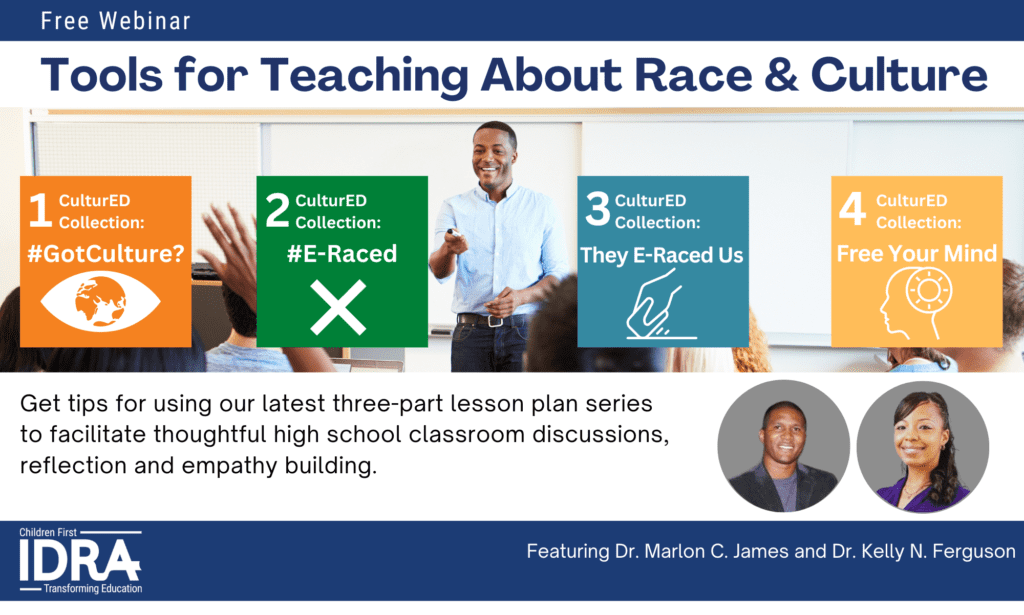
In this webinar, get tips for using our latest four-part CulturED Collection lesson plan series that will facilitate thoughtful high school classroom discussions of real-world issues and solutions.
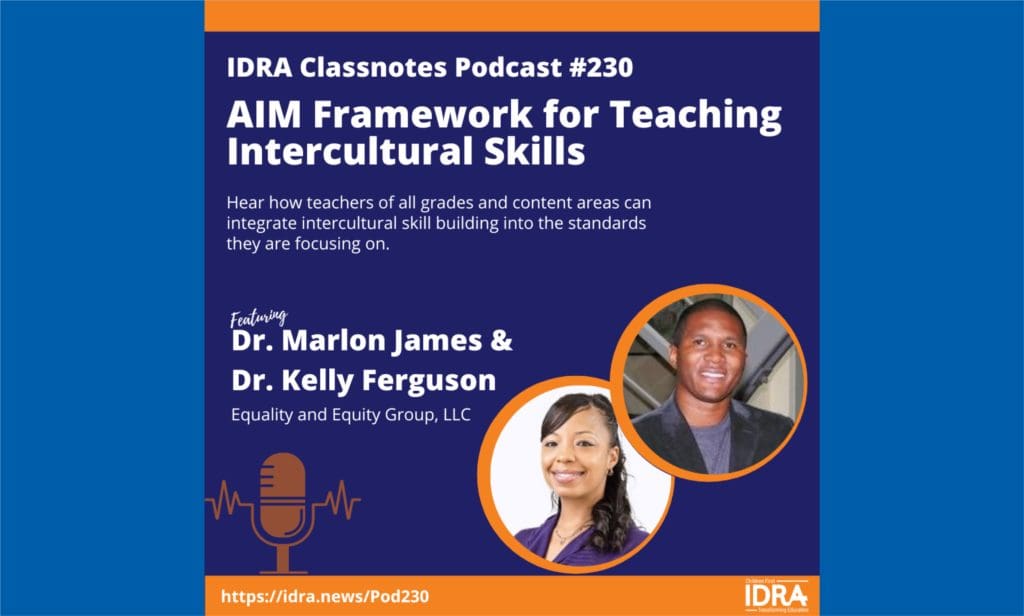
In this Clasnotes Podcast episode, hear the developers of the AIRM framework, Dr. Marlon C. James and Dr. Kelly N. Ferguson of Equality and Equity Group, LLC. They describe the framework’s origins and purpose and how teachers of all grades and content areas can integrate it into the standards they are focusing on.
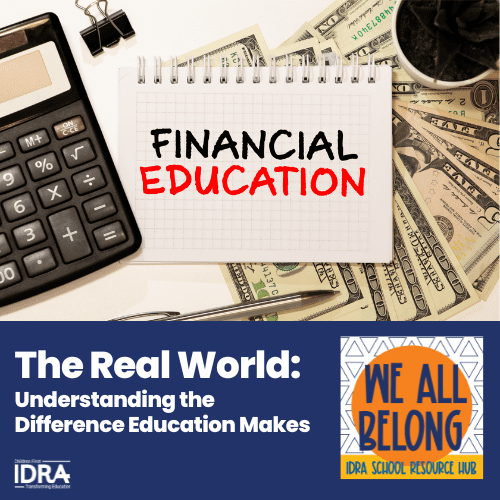
The Real World lesson offers students an opportunity to understand how higher education is linked to higher weekly incomes and how income impacts an individual’s quality of life. Students will use weekly income for different racial groups with different levels of education to complete a budget for housing, transportation, food and entertainment.
Grade: 7, 8 • AIM Level: 2 • Subject: Math

This lesson explores the history of the Second Amendment to the U.S. Constitution and how it might be revised to reduce gun violence in the United States.
Grades: 9, 10 • AIM Level: 3 • Subjects: Debate, English Language Arts, Social Studies, U.S. Government, U.S. History
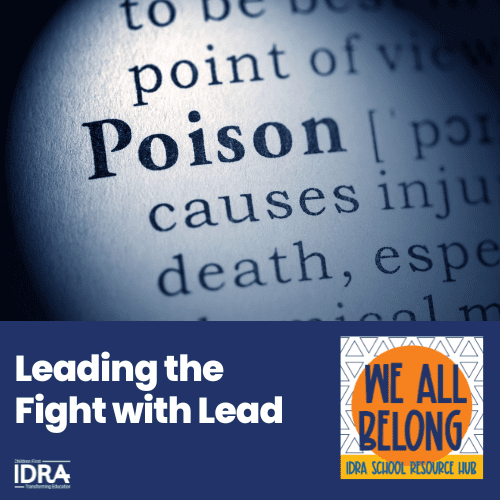
Students analyze the relationship between lead poisoning in children and the racial makeup of communities. Students will develop a public service announcement video to share important information on lead poisoning with peers.
Grades: 6,7,8 • AIM Level: 2 • Subject: Science
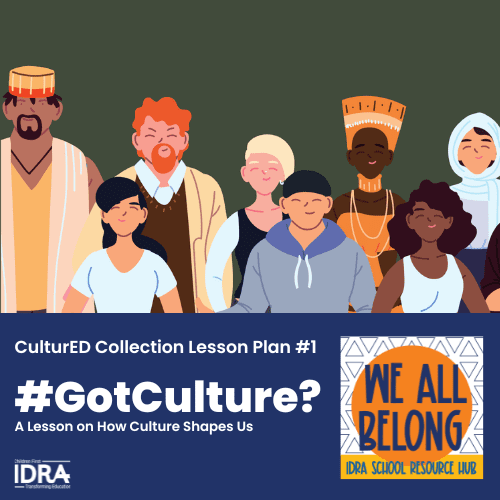
This lesson introduces students to important elements of culture. Students will come to understand how culture shapes the way we see ourselves, others and the world. Through a video analysis, students have the opportunity to discuss cultural similarities and differences in a respectful and supportive manner.
Grades: 11, 12 • AIM Level: 2 • Subjects: English Language Arts, Social Studies
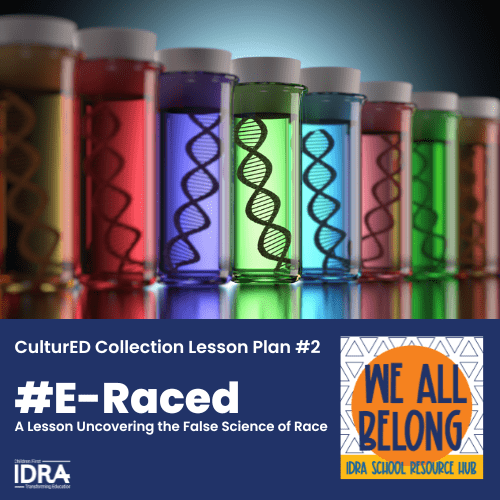
This lesson introduces students to the history of race. Our modern understanding of race was started in the 1600s as European scientists and philosophers conducted pseudo-research to prove that humans were not made or evolved equally. Students will learn that modern research disproved these claims of racial superiority, and yet the story is passed on despite the lack of scientific evidence.
Grades: 11, 12 • AIM Level: 2 • Subjects: English Language Arts, Social Studies
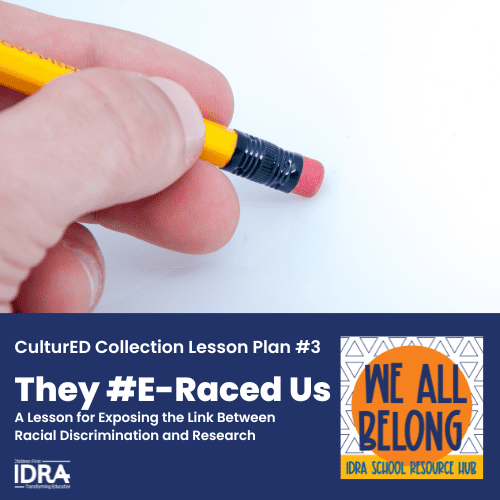
Prior lessons have introduced students to culture and the history of racism. Race does not exist, but culture is the force that shapes us in ways that make us unique and different from one another. Culture should never be confused with race. Two people placed within the same racial group can have very different cultures. Skin color does not predict human ability nor behavior. But how did society come to believe in racial differences? This lesson explores the history of the American Psychological Association (APA), which was founded in 1869 and, unbeknownst to many, until 2021 played a key role in creating research used to promote race as an idea and racial discrimination.
Grades: 11, 12 • AIM Level: 2 • Subjects: English Language Arts, Social Studies
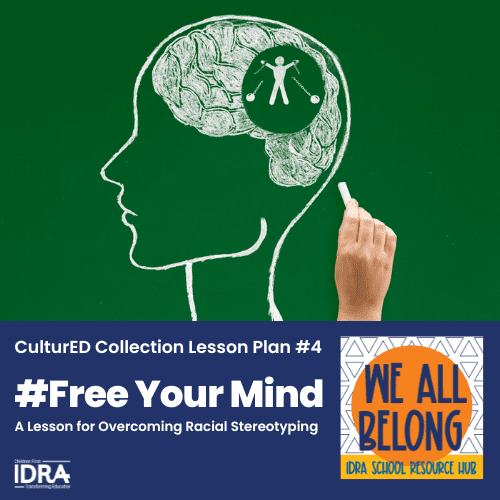
All cultural groups teach future generations cultural understandings that help shape their identities and interactions with other groups and society at large. The previous lessons in this series explored that race is not culture, but it is a story we tell ourselves to further political aims. Yet, research has confirmed that experiencing acts of discrimination or being exposed to them over social media has a negative impact on the mental and emotional health of youth of color. Students will engage in thoughtful reflection and peer-to-peer discussions to build their empathy and support for creating healthy schools and classrooms.
Grades: 11, 12 • AIM Level: 3 • Subjects: English Language Arts, Social Studies
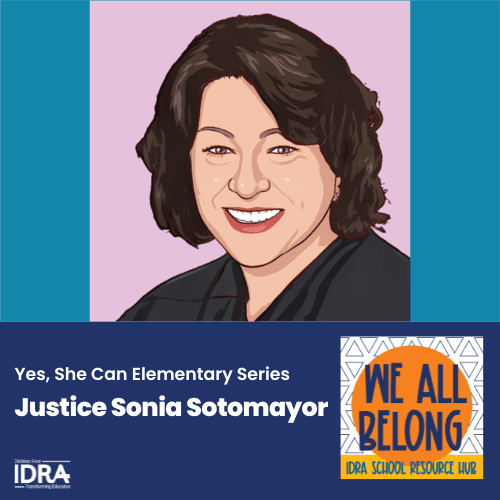
In this lesson, students will read the text entitled, Sonia Sotomayor: A Judge Grows in the Bronx/La juez que crecio en el Bronx, by Jonah Winter. Students will demonstrate their comprehension by identifying important facts about the first Latina U.S. Supreme Court Justice, Sonia Sotomayor. The lesson concludes with an opportunity for students to write about why Justice Sotomayor is unique and what makes them special.
Grade: 3 • AIM Level: 1 • Subjects: English Language Arts, Social Studies

In this lesson, students will read the text entitled, Superheroes Are Everywhere, by Vice President Kamala Harris. Superheroes are people who make a difference by using their superpowers to help others. Students will explore the different ways that superheroes helped Kamala Harris and draw themselves as a hero with a special superpower. Students will understand how they are heroes by how they help and treat others.
Grade: 1 • AIM Level: 1 • Subject: English Language Arts, Social Studies
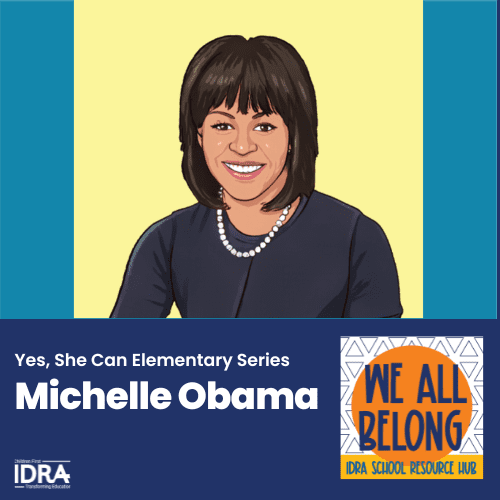
For this lesson, students will read the text entitled, Michelle Obama: First Lady, Going Higher. They will learn about the important experiences that shaped the life of the first Black First Lady of the United States. Students will understand Mrs. Obama’s commitment to service, education and how she inspires children to be healthy. Students will draw lessons from Mrs. Obama’s life to write a poem or short story about why they matter.
Grade: 2 • AIM Level: 1 • Subject: English Language Arts

For this lesson, students will read the text entitled, Little People, BIG DREAMS: Malala Yousafzai. They will learn about Malala Yousafzai’s efforts to ensure that young girls have access to education and fair treatment. Students will make connections between her work and concerns in their communities and present a one-minute speech about their issues.
Grade: 2 • AIM Level: 1 • Subject: English Language Arts

Students read the picture book entitled Juneteenth: Our Day of Freedom. They will learn why the Juneteenth holiday is celebrated. Important information retelling the story of June 19, 1865, the aftermath of freed people, plus the celebrations of past and present are told in the text. Comprehension questions and a vocabulary list are included for teacher discussion. The Student Worksheet Packet includes activity worksheets to correspond with the book and include a: crossword puzzle, map skills and a timeline.
Grade: 1,2,3 • AIM Level: 1 • Subject: U.S. History, Texas History, Social Studies
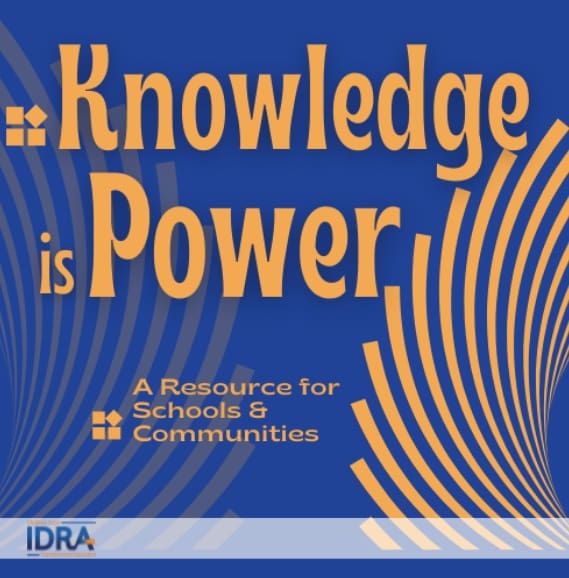
Sign up for IDRA email alerts, including Knowledge is Power, with teaching and policy updates regarding classroom censorship.

IDRA has been supporting families and the Lubbock NAACP in Lubbock, Texas, since at least 2023 regarding persistent harassment and bullying against Black students in
Lorem ipsum dolor sit amet, consectetur adipiscing elit. Ut elit tellus, luctus nec ullamcorper mattis, pulvinar dapibus leo.
(Unity Building) – Aim treats conflict between various social groups as a path to solidarity and national unity.
(My Impact on Others) – AIM promotes higher levels of personal awareness concerning how individual or group behavior impacts the lives of others.
(Healthy Self Concept) – AIM seeks to build a healthy sense of self as a curricular objective.
(Cross-Cultural Communication) – AIM assists students in developing cross-cultural understanding and communication skills.
(Difference Making) – AIM helps youth understand how they can engage to improve their local communities and peer groups.